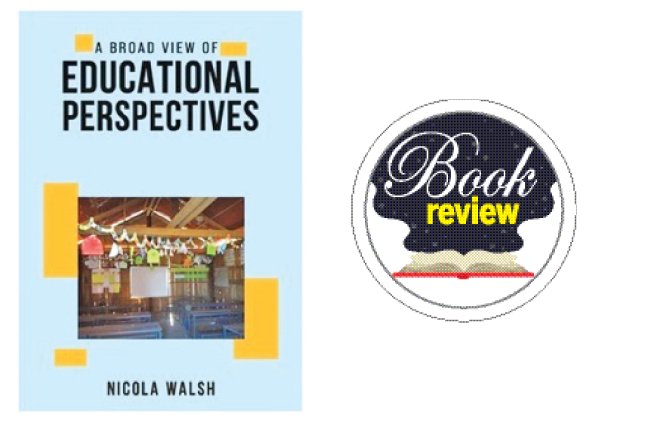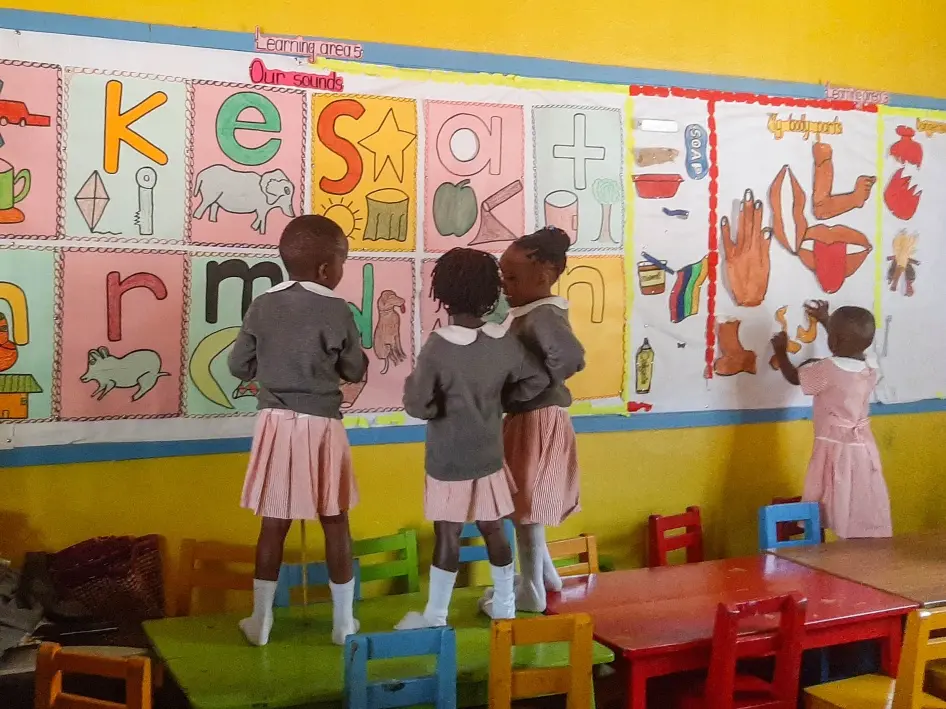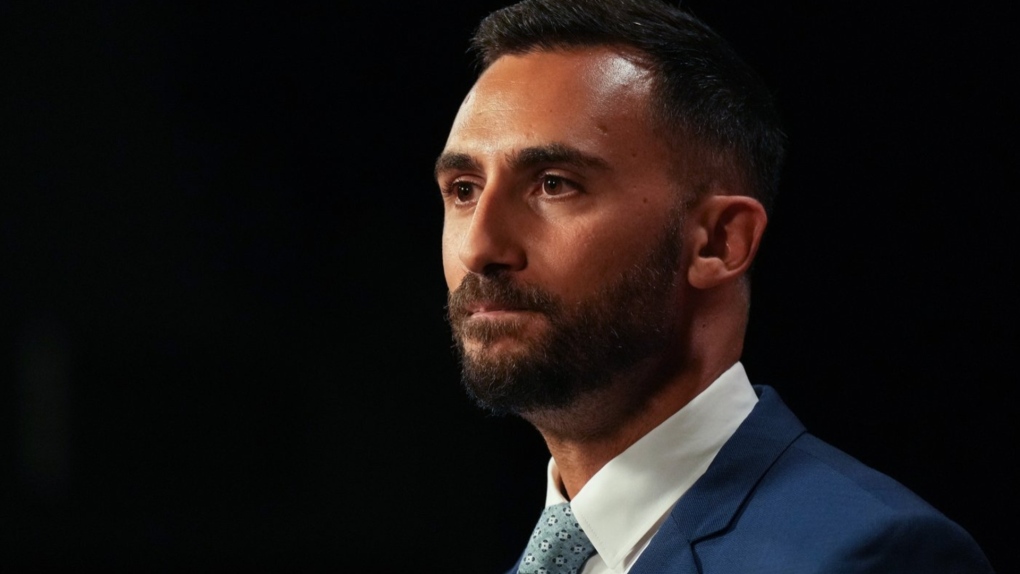Title: A Broad View of Educational Perspectives
Author: Nicola Walsh
Reviewed by Asantha U Attanayake (PhD)
Pennsylvania State University
Nicola Walsh’s “A Broad View of Educational Perspectives” by Austin Macauley Publishers, UK (2023) captures the reader at once by her arresting preface and by the title image of the Chapter1, Evaluation, which usually is the last chapter in any book. The author has, seemingly conventional topics, lined up in to chapters in a very unconventional manner. The chapters are unbelievably short, simple and concise, something very uncharacteristic of a book of this nature. That makes the reading a relaxing experience in itself. I highly recommend this book for teacher training programmes in Sri Lanka; if the questions at the end of each chapter are compiled, discussed and answered, they will themselves design a complete teacher training programme we required for the 21st century education in the country.
What do the chapters say?
The beauty of this book is in its simplicity and its practicability. Most of what it prescribes can be done at the classroom level by the teacher him/herself. Teachers, Heads and Principals with the administrative autonomy at their respective levels can very easily implement most of the mechanisms suggested in this book without having to seek permission of their higher-ups. If the questions of the CPD sessions at the end of each chapter are answered, they will give insightful guidelines for any school administrator / teacher to make use of them for the improvement of their own school / teaching under the aspects discussed in each chapter.
Walsh seems to move back and forth constantly in her book from a teacher’s perspective to that of a principal. This is reflected in her very practical and close-to-heart type writing -advice to teachers as well as to principals.
What follows is a brief discussion on some of the chapters under their simple titles.
Leadership
The reader gets the feeling that the author is describing a typical Sri Lankan leadership with all its flaws. This in turn shows how experienced the UK based author is in working in countries in the third world. Some of the opening sentences of the chapters are so very unconventional (for an academic-type book) and they arrest the reader almost immediately! For instance, the opening sentence of Chapter 3, “Leaders are great people, it’s a lonely job and there’s no going back” (p.22). And how very true it is!
Investing in education
Some observations and recommendations are very important for the developing world as they are absent in our school system. For instance, “Teachers must be trained to monitor progress, measure attainment, and compare this against other cohorts, schools and regions” (p. 27). This is something teachers can do at the classroom level if they are trained to do so. Even though in the Sri Lankan context, teachers measure student attainment, the monitoring of the student progress and comparing it against other student cohorts are not done with a view of improving student attainment.
Effective teaching-learning
Some very easy-to-follow guidelines are given for teachers to work on in their everyday teaching to make it an effective process, not just to cover the syllabus. Teachers often forget to compare the learner progress with their previous performance and with other students in the class in a constructive manner other than as a complaint, “You have gone down in your class position, so, behave at least now!”
In addition, the checklist that is presented at the end of the chapter (pp. 33 & 34) is extremely useful, if a teacher wants to devise assessment parameters of his/her teaching without having to be observed by the school administration. A summary of the checklist with comments incorporated periodically will give a teacher an excellent feedback of his/her own teaching to go forward. A comparison between the summary of the beginning and end of a term can provide a teacher with a useful assessment of how his/her teaching has progressed (or not progressed thereof) within the term considered.
Marking and feedback
Walsh’s statement, “… marking gives feedback to the teacher on the quality of their teaching…” (p.37) is a revolutionary statement as marking means always student performance in the Sri Lankan context. The checklist (p.39 & 40) is a useful guide for teachers working in Primary Grades.
Can students be teachers?
This chapter is about using peer support in learning, which is an excellent mechanism to stop unnecessary competitiveness and develop collaborative learning. Walsh promotes Cooperative learning strategies, which I happen to favour more than any other teaching methods in my teaching too.
Critical thinking, what does it mean?
The chapter on critical thinking is of special interest in the Sri Lankan context as the Sri Lankan education system is criticised heavily being one that does not promote critical thinking of students. In that context, Welsh’s approach to develop critical thinking by making students “learn” to ask questions is highly relevant. Therein, her advice, “teachers must model” (p. 47) the ways to ask questions is very interesting because as Walsh states, the way of asking a question manifests the attitude of the questioner towards learning and their goal of learning as well.
Gender issues in education
This chapter is dedicated to bring out the difference between males and females in terms of their brain constituents from a biological point of view. The description is very convincing, and it would have been better if the source of information referred to was cited. Walsh emphasises on the importance of knowledge on biological construct to understand girls and boys in correct perspective when they are put together to work. Walsh’s observation, “the teaching methods favour girls, therefore girls do better” (p. 51) than boys is both fascinating and undeniable when we look at the numbers!
Gifted or talented?
This chapter focuses on one of the least discussed areas in the education in Sri Lanka; the disadvantageous position of gifted students in an ordinary classroom. Walsh’s discussion in the chapter makes us pause and ask, “Do we really offer special opportunities for the gifted bunch of students in our classes to realise their actual potential?” In my opinion, they pass examinations set for the large majority of average students easily without being offered anything that challenges them to realise their potential.
Learning to learn
In this chapter Walsh challenges the use of conventional theories of learning in a classroom by using Claxton’s (2002) list of learning behaviours namely resilience, reflectiveness, resourcefulness and reciprocity quoting as paramount in developing in students. It is important for teachers to know how these qualities are developed in students through teaching. Perhaps it is time for Sri Lanka to take the Claxton’s learning behaviours as core principles in designing lesson material and teaching methodologies as our education output lacks the list in the nomenclature.
Reading for meaning
This chapter on reading makes a teacher introduce new questions into the classroom practice; it is teaching students to check the accuracy, validity and credibility of what they read. It is true that now almost everyone reads; not necessarily books but ‘something’ on the internet, Facebook being one most popular. Not everything that appears there is either true or credible. Therefore, one of the most required skills in the 21st century is to check how correct and credible the text is. Needless to say it should be taught as a must skill at schools.
Sharing stories
Chapter 13 takes a shift from stating what the schools / teachers should be doing in relation to story telling to what actually story telling has become via social media and the like, deviating from an oral tradition. The questions at the end of the chapter makes a teacher reflect on potential answers to questions such as “List the benefits of using social media as an educational tool for story telling.” Such questions I find is extremely useful for teachers before rejecting social media altogether as detrimental to students and their learning.
Learning mathematics
The chapter on mathematics and teaching of it challenges the conventional teaching of it. Math is a subject that makes students learn thinking, yet at present, it is taught as yet another content completion mechanical endeavour. Walsh’s emphasis on learning math collaboratively is very new to the Sri Lankan context as solving a sum is always considered an individual activity in our classrooms.
A global education crisis
One of the most challenging aspects of education in Sri Lanka is that the government and the general public do not have a correct assessment of whether or not students are learning. The test scores and the annual evaluation statistics show a satisfactory level passes, and hence everyone thinks students are learning. However, the truth is far from that and manifests itself in major crisis situations such as what Sri Lanka went / still going through: the economic collapse, which resulted from an education bankruptcy in my view. Walsh emphasises that it is through standard tests that student performance should be evaluated. How close are the tests in Sri Lanka to, or far are they from, international standards? Also, are their any testing mechanisms for learning outside the classroom?
Communicative competence or monolingual mastery?
Walsh’s question, “Are teachers aiming for their students to acquire a monolingual mastery of English or a communicative competency?” is a valid question at many levels in Sri Lanka; in the case of teaching English in Sri Lanka, after Grade 3 and 4, grammar and its teaching take over the communicative aspect of English. Teaching English in Sri Lanka has never focused on the primary aspects (listening-speaking) of a living language. Instead, English is taught in schools and tested too with grammar, reading and writing as the primary focus aiming at the mastery of grammatical competence. As result, a large majority cannot use English in communication even after having studied it over 10 years.
Risk taking and creativity
This chapter is very pertinent to the Sri Lankan classroom where creativity is completely forgotten and rote learning is promoted in every single aspect of the teaching-learning process. Letting students be creative in play activities inside the classroom at primary grades, perhaps will break that rigid mentality that passing exams is all that matter.
This book can be used as a simple handbook for teachers to guide themselves in their classroom teaching on daily basis; this also can be a valuable guidebook for school administration to guide and monitor teacher performance. In addition, if the questions at the end of each chapter are compiled, discussed and answered, they will be adequate for a very effective unconventional teacher training programme. I have a few edit suggestions for an improved output; if sources were sited more, and language and content presentation were finer, the book could have been even better.
The Sinhala translation of this book is available at Sarasavi bookshops while the original English version is available at the Barefoot bookshop.






















